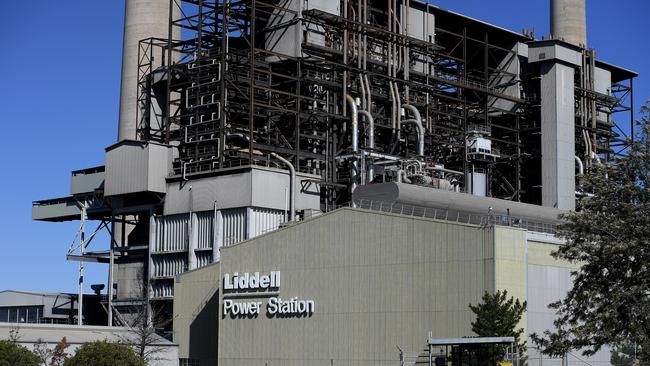Coal, gas slump as power prices decline
Black coal power output has declined to its lowest level since the national electricity market was created in 1998.

Coal-fired supplies into the electricity grid plummeted to a record low in the first quarter of 2021, with gas also plunging, as rampant rooftop solar and mild summer demand saw a continuation of low wholesale power prices.
Black coal output declined to its lowest level for the quarter since the national electricity market was created in 1998 while gas use was at its lowest since 2005, the Australian Energy Regulator said.
Overall output in the grid dropped to its lowest first-quarter average for a decade, while average large-scale solar exceeded gas generation for the first time.
The usual spike in power prices reflecting strong summer demand failed to materialise as cooler than expected temperatures eased demand. Wholesale power prices fell the most in Victoria and NSW, with less energy needed from the grid than a year ago and consumers getting more of their energy needs from rooftop solar.
Prices in all regions were lower than expected from January to March and ranged from $27/MWh in Victoria to $53/MWh in South Australia, Energy Minister Angus Taylor said.
AER chair Clare Savage added: “In summer, and particularly the March quarter, wholesale electricity prices are usually higher with hot weather prompting more use of air conditioners, and higher demand for electricity pushing up prices, but the first quarter this year was different.
“The milder temperatures during the past summer period and an additional 2500 megawatts of rooftop solar capacity drove lower demand and lower wholesale prices, which is good news for consumers because it should lead to lower bills.”
While the trend may bring down household bills, it also creates immense earnings pressure for the nation’s big utilities, led by AGL Energy, Origin Energy and EnergyAustralia.
The big retailers and generators are being battered by a storm of low wholesale electricity prices as cheap renewables continue to flood onto the market, while moves by both state and federal governments to underwrite new generation have added to a tough outlook for power providers.
Some investors have questioned whether the big fall in wholesale prices is sustainable given predictions baseload coal plants may need to further cut production to survive, tightening the market and leading to prices rising again.
South Australia, with the nation’s highest renewable take-up, felt the effects of low demand on its grid stability.
“Low demand can impact the stability of the network, which we saw in South Australia in March 2021 when for the first time the market operator needed to use new powers to help stabilise the network by turning off some rooftop solar to increase demand,” the AER noted.
Near record levels of LNG exports from Queensland were achieved, driven by an unprecedented price spike in Asian LNG spot prices which encouraged strong production.
“As a result, gas flowed strongly from the southern markets to Queensland. Domestic gas spot prices remained relatively subdued by comparison to Asian LNG spot prices, with average quarterly east coast gas spot prices ranging from $5.50 a gigajoule to $6.40 GJ,” the AER said.
Coal, which currently provides 70 per cent of electricity, will contribute less than a third of supply by 2040 and could be forced out earlier than planned as competition from renewables and carbon constraints render plants uneconomic.
Energy Security Board chair Kerry Schott said coal plants could struggle to receive any value for their generation when they undercut by renewables that could produce at close to zero cost.
The ESB has previously suggested that adding a new price mechanism reflecting the important reliability role provided by power stations through a “capacity market” could spur investment before coal plants retire.
The difference between the cost of coal production and the price it receives for electricity has fallen to less than $20 per megawatt hour, piling pressure on generators reliant on the fuel to consider lowering their output or changing bidding patterns.




To join the conversation, please log in. Don't have an account? Register
Join the conversation, you are commenting as Logout